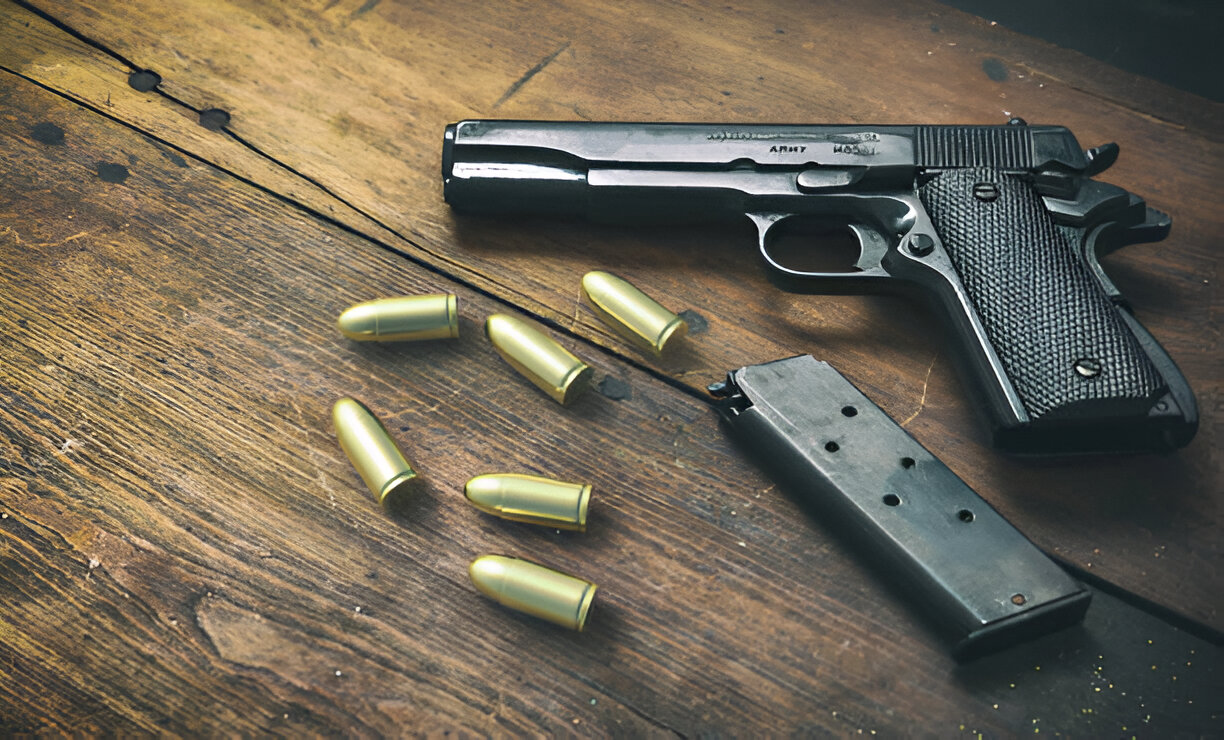The Second Amendment to the United States Constitution has long stood as one of the most debated provisions in American law. To some, it is a safeguard of liberty; to others, it is a historical relic requiring modern restrictions. Among the many voices in this debate, presents a deeply rooted originalist perspective. His work explores the historical, legal, and philosophical foundations of the right to keep and bear arms, arguing that any meaningful understanding of the Second Amendment must start with the Framers’ original intent. By tracing the Amendment’s origins, Enos sheds light on how constitutional protections for firearms remain central to the American system of liberty.
Originalist Lens on the Second Amendment
Originalism, as a method of constitutional interpretation, seeks to apply the meaning of a legal text as understood at the time it was written. For John W. Enos Author of The Second Amendment, this approach is essential when discussing firearms regulation. He notes that in 1791, when the Second Amendment was ratified, the Framers had fresh memories of tyranny and armed resistance against it. The right to bear arms was not seen as a privilege for a select few, but as a natural right of self-defense and a vital safeguard against government overreach.
Enos explains that early American political thought was heavily influenced by English common law traditions and Enlightenment philosophy. Thinkers such as John Locke and William Blackstone emphasized that self-preservation was a fundamental human right. The American colonists, many of whom had fought in the Revolutionary War, saw firearms not only as tools of personal defense but as instruments of preserving the republic. This understanding was embedded into the Second Amendment’s phrasing and purpose.
Historical Context Why Firearms Were Essential
Enos devotes considerable attention to the historical backdrop that shaped the Second Amendment. In the colonial era, militias were community-based defense forces composed of ordinary citizens. These militias were not government-controlled standing armies; rather, they were a reflection of civic responsibility. The Founders feared that disarming the populace would leave them vulnerable to both foreign invasion and domestic tyranny.
The Revolutionary War provided concrete proof of this principle. Armed citizens resisted the British Crown’s attempts to confiscate colonial weapons, culminating in confrontations like the Battles of Lexington and Concord. Enos argues that these events cemented the understanding that a free state depended on an armed citizenry. The Framers, mindful of history, drafted the Second Amendment to ensure that this safeguard would remain intact for future generations.
Judicial Interpretations and Constitutional Clarity
Enos’s perspective gains further weight when examining major Supreme Court decisions. Cases such as District of Columbia v. Heller (2008) and McDonald v. Chicago (2010) reaffirmed the individual right to possess firearms for lawful purposes, such as self-defense in the home. These rulings, grounded in historical analysis, echo the originalist framework that Enos champions.
Role of Firearms in Modern America
One of the most challenging aspects of defending the Second Amendment today is reconciling 18th-century language with 21st-century realities. Critics often claim that the Framers could not have foreseen modern firearms technology. Enos responds by pointing out that constitutional rights are not frozen in the technological context of their ratification. Just as the First Amendment applies to digital communication, the Second Amendment applies to contemporary arms.
Enos acknowledges that public safety concerns are real and deserve thoughtful solutions. However, he warns against adopting policies that effectively nullify constitutional rights in the name of security. He suggests that responsible firearm ownership, robust training, and enforcement of existing laws can address safety concerns without undermining the Amendment’s core protections.
Militia Clause and Its Misunderstandings
A persistent point of debate is the Second Amendment’s opening phrase: “A well regulated Militia, being necessary to the security of a free State…” Some interpret this as limiting the right to bear arms exclusively to organized military forces. Enos counters that historical records show the term “militia” referred broadly to the body of armed citizens. Regulation, in the 18th-century context, meant “well-trained” or “well-functioning,” not government-controlled.
By framing the militia as the people themselves, Enos argues, the Second Amendment protects the right of all law-abiding citizens to possess arms. This interpretation aligns with both early American practice and the textual structure of the Amendment.
Firearms as a Deterrent to Tyranny
Central to Enos’s constitutional defense of firearms is the belief that an armed populace serves as a check on governmental power. He notes that throughout history, disarmament has often preceded oppression. The Framers understood this pattern and crafted the Second Amendment as a structural safeguard against it.
This argument does not suggest that citizens should constantly prepare for rebellion, but rather that the mere existence of an armed citizenry discourages authoritarian overreach. Enos sees this deterrent function as just as relevant today as it was in 1791, especially in an era of expanding executive and administrative powers.
Cultural and Civic Dimensions of Gun Ownership
Enos also emphasizes that the right to keep and bear arms carries cultural significance beyond its legal dimensions. Firearms ownership, in his view, fosters self-reliance, responsibility, and civic engagement. Historically, American communities saw firearms training as part of good citizenship, much like voting or jury duty.
He warns that eroding this cultural connection can weaken the very qualities that sustain a free society. By preserving both the right and the responsibility of gun ownership, Americans uphold a tradition that binds individual liberty to collective security.
Addressing Common Counterarguments
Critics often assert that the prevalence of firearms leads to higher rates of violence. Enos acknowledges that crime statistics must be taken seriously, but he challenges the assumption that firearms themselves are the root cause. He cites research suggesting that lawful gun ownership does not correlate directly with higher crime rates, and in many cases, armed citizens successfully deter criminal activity without firing a shot.
Conclusion
In Constitutional Defense of Firearms, the argument is clear: the Second Amendment is not an outdated artifact, but a living safeguard of liberty rooted in timeless principles. John W. Enos, author of The Second Amendment, argues that preserving this right necessitates fidelity to its original meaning, historical context, and intended purpose. By grounding his defense in history, legal precedent, and civic philosophy, Enos challenges both policymakers and citizens to view the right to bear arms not as a partisan issue but as an essential component of American freedom.


